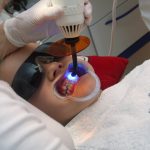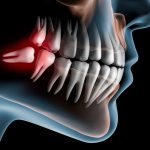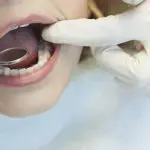Say Goodbye to Black Triangles in Teeth: An Expert Guide to Fixing Them
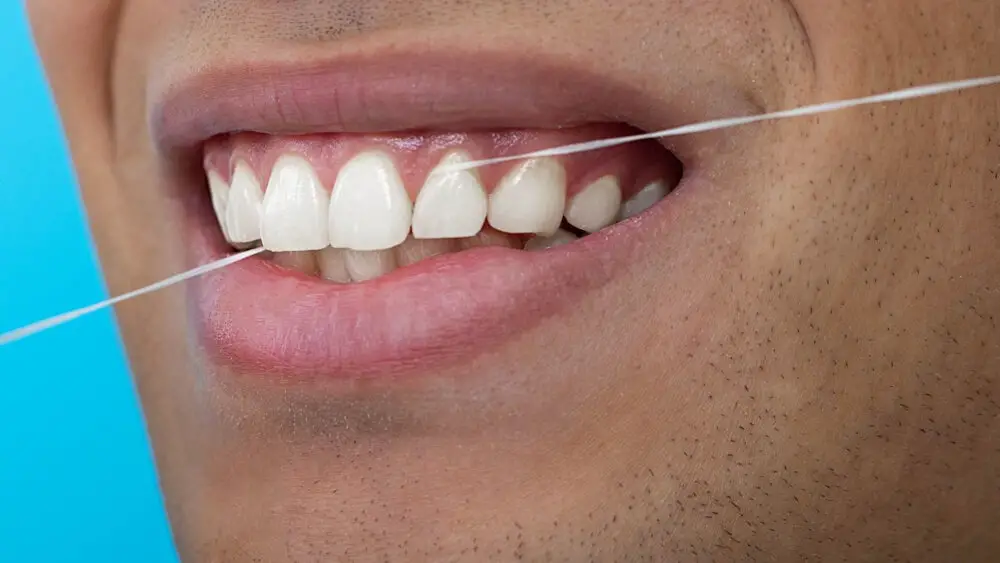
Black triangles in teeth can be a frustrating and unsightly dental problem. Also known as open gingival embrasures, these spaces between teeth can become visible when the gum tissue recedes, leaving a dark gap that can detract from an otherwise healthy smile. Fortunately, there are several options available to fix black triangles, whether it’s through orthodontic treatment, cosmetic dentistry, or gum surgery. With the help of an expert guide, you can say goodbye to black triangles and regain your confidence in your smile. Some of the common causes of black triangles include gum disease, aging, and certain orthodontic treatments. Regardless of the cause, the good news is that there are various solutions available to address this dental issue. From clear aligners that can straighten teeth and close gaps to bonding or veneers that can reshape and fill in spaces between teeth, there are many options that can help you achieve the smile you desire. Additionally, advances in gum surgery techniques, such as the pinhole surgical technique, have made it possible to correct gum recession and restore the natural contours of your gums. With the right approach and the help of an expert, you can say goodbye to black triangles and hello to a healthy, beautiful smile.
Black triangles in teeth are pockets of space that form between teeth, usually near the gum line. These spaces can be caused by a variety of factors, including gum recession, bone loss, and tooth movement. One of the most common causes is aging, as the gums tend to recede over time, creating larger gaps between teeth. Other causes include poor dental hygiene, gum disease, and even certain medications. Black triangles can be unsightly and also cause functional problems, such as difficulty chewing and increased sensitivity to hot and cold temperatures. Fortunately, there are several treatment options available to fix black triangles, including cosmetic procedures, orthodontics, and restorative dentistry.
The problem of black triangles between teeth is not only an aesthetic issue but also a potential health problem. The gaps between teeth can cause food particles to get stuck, leading to the buildup of bacteria and plaque. This, in turn, can lead to gum disease and tooth decay, which can further exacerbate the issue of black triangles. Therefore, fixing black triangles is crucial for maintaining good oral health. Moreover, it can boost one’s self-confidence and improve their overall appearance. With advancements in dental technology, fixing black triangles has become easier and more accessible than ever before. So, it’s important to consult a dental expert and get a suitable treatment plan to say goodbye to black triangles and maintain a healthy, beautiful smile.
The article titled \Say Goodbye to Black Triangles in Teeth: An Expert Guide to Fixing Them\ is an informative guide that discusses the causes, consequences, and solutions to black triangles in teeth. It defines black triangles as the gaps or spaces that appear between the base of two teeth and the gum line. The article outlines how black triangles can occur due to aging, gum disease, trauma, or orthodontic treatment. Furthermore, it emphasizes the negative impact of black triangles on the aesthetic appearance of teeth, oral hygiene, and overall oral health. The guide provides detailed information on how dentists can use different techniques such as dental bonding, veneers, and orthodontic treatment to fix black triangles and improve the appearance of teeth. The article concludes by emphasizing the importance of regular dental check-ups and maintaining good oral hygiene to prevent the occurrence of black triangles in teeth.
Causes of Black Triangles in Teeth
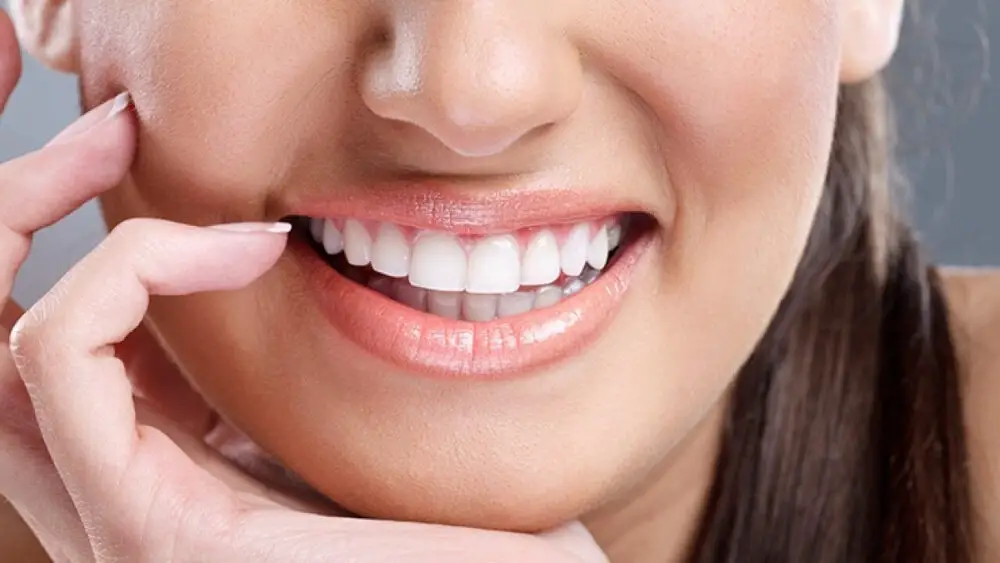
Black triangles in teeth, also known as open gingival embrasures, are spaces that appear between the teeth and gums. These triangular spaces can make the teeth look unsightly and can also harbor harmful bacteria. There are several causes of black triangles in teeth, including gum recession, bone loss, and tooth movement. Gum recession occurs when the gums pull away from the teeth, exposing the roots. This can be caused by periodontal disease, brushing too hard, or simply aging. When the gums recede, the triangular spaces between the teeth become more noticeable. Bone loss can also contribute to black triangles in teeth. When bone loss occurs, there is less support for the teeth, causing them to shift and create gaps. This can be caused by periodontal disease, trauma, or genetic factors. Tooth movement, such as shifting after orthodontic treatment, can also result in black triangles in teeth. In addition to the cosmetic concerns associated with black triangles in teeth, there are also oral health risks. The spaces between the teeth and gums can trap food and bacteria, leading to bad breath, gum disease, and tooth decay. Treating black triangles in teeth typically involves addressing the underlying causes. This can include scaling and root planing to remove plaque and tartar, gum grafting to restore lost gum tissue, and orthodontic treatment to close gaps between teeth. In severe cases, dental implants or bridges may be recommended to replace missing teeth and restore the appearance and function of the smile. Regular dental checkups and good oral hygiene habits can help prevent black triangles in teeth and maintain optimal oral health.
Gum recession is a common dental problem that occurs when the gum tissue surrounding the teeth wears away or pulls back, exposing the tooth root and creating gaps between teeth, commonly known as black triangles. It can be caused by several factors, including aggressive brushing, inadequate dental hygiene, periodontal disease, genetics, and even hormonal changes. Gum recession can lead to tooth sensitivity, decay, and ultimately tooth loss if left untreated. Fortunately, there are several treatment options available, depending on the severity of the recession, including gum grafting, dental bonding, and orthodontic treatment. It’s essential to address gum recession promptly, as it can not only affect the appearance of your smile but also impact your overall dental health.
Bone loss is a common dental issue that can lead to black triangles in teeth. It occurs when the bone surrounding the teeth starts to deteriorate and recede. This can be caused by a variety of factors, including gum disease, poor oral hygiene, and aging. Bone loss not only affects the appearance of teeth but can also have serious consequences for dental health. As the bone recedes, teeth become loose and may even fall out. Treatment for bone loss typically involves addressing the underlying cause and may include deep cleaning, gum surgery, and bone grafts. By taking steps to prevent and treat bone loss, individuals can maintain healthy and attractive teeth for years to come.
Tooth movement is a process of shifting teeth from their current position to a desired one. It is an essential technique used in orthodontics to correct various dental issues, including black triangles. Black triangles are the empty spaces that can form between the teeth, usually caused by gum recession or bone loss. Orthodontic treatment can help close these gaps by moving the teeth closer together. This movement is achieved using several methods, including braces, aligners, and clear aligners. These methods gradually shift the teeth into their proper position, which can take several months to a few years. Tooth movement is a safe and effective way to fix black triangles, and it can also improve the overall appearance and functionality of the teeth.
Poor dental hygiene refers to the neglect of regular dental care practices such as brushing, flossing, and dental check-ups, leading to dental problems. It can cause a wide range of oral health issues including cavities, gum disease, bad breath, and even black triangles in teeth. These black triangles can be unsightly and may cause discomfort when food gets stuck between the teeth. Poor dental hygiene is often linked to unhealthy lifestyle habits such as smoking, poor diet, and lack of exercise. It is important to maintain good dental hygiene to prevent these problems and maintain a healthy smile.
Aging is a natural process that affects every living organism, including humans. As we age, our bodies undergo various changes, leading to a decline in physical and mental health. One of the most visible signs of aging is tooth loss, which can lead to the formation of black triangles between teeth. These black triangles are caused by the loss of gum tissue and bone, leading to gaps between teeth. While aging is inevitable, there are ways to prevent or treat black triangles, such as using dental implants, braces, or veneers. By taking care of our dental health, we can maintain a healthy and beautiful smile, even as we age.
Treatment Options
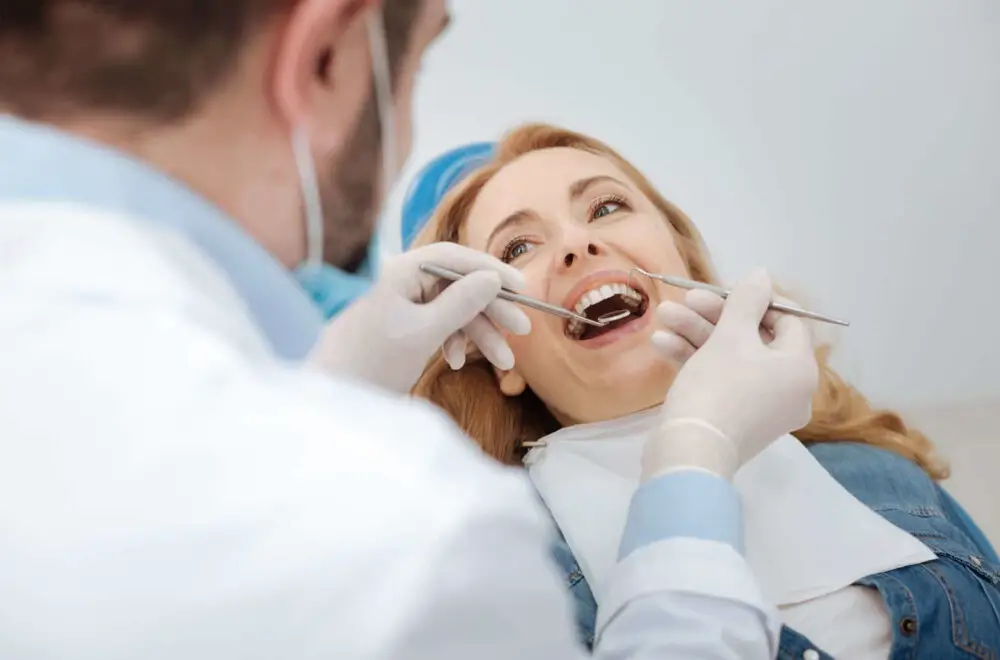
When it comes to treating black triangles in teeth, there are a number of options available. The most common treatment is dental bonding, which involves applying a tooth-colored resin to the tooth’s surface. This resin is then sculpted into the desired shape and hardened with a special light. Dental bonding is a relatively quick and painless procedure that can be completed in just one visit to the dentist. However, it is not a permanent solution and may need to be redone every few years. Another treatment option for black triangles is porcelain veneers. These are thin shells of porcelain that are custom-made to fit over the front of the tooth. Veneers are a more permanent solution than dental bonding and can last up to 15 years with proper care. They are also more expensive than dental bonding and require multiple visits to the dentist. However, veneers can provide a more natural-looking result and can also help improve the overall appearance of the teeth. Ultimately, the best treatment option will depend on the severity of the black triangles and the patient’s individual needs and preferences.
Dental bonding is a cosmetic dental procedure that involves the application of a tooth-colored composite material to the surface of the teeth. This procedure is typically used to repair chips, cracks, and gaps in the teeth. The bonding material is applied to the affected tooth, then shaped and smoothed to match the surrounding teeth. It is then hardened with a special light, creating a strong and durable bond. Dental bonding is a minimally invasive and relatively inexpensive way to improve the appearance of your smile, and can be completed in just one visit to your dentist. However, it is important to note that bonding material is not as strong as natural teeth and may need to be replaced over time.
Veneers are a popular dental solution that can help to fix black triangles in teeth. These thin, custom-made shells are designed to cover the front surface of the teeth, improving their appearance and hiding any imperfections. They can be made from a variety of materials, including porcelain and composite resin, and can be color-matched to the natural shade of your teeth. Veneers are a great option for fixing black triangles because they can fill in the gaps between teeth, creating a more uniform and aesthetically pleasing smile. They are also durable and long-lasting, with proper care and maintenance, and can help to improve the overall health and function of your teeth.
Orthodontic treatment is a dental procedure that can help fix a variety of dental problems, including the presence of black triangles between teeth. These gaps can occur due to a variety of reasons, including gum disease, tooth loss, or a misaligned bite. Orthodontic treatment can help close these gaps by using braces, aligners, or other dental devices to move the teeth into the correct position. This procedure can not only improve the appearance of your smile but also improve your overall oral health by making it easier to clean your teeth and prevent gum disease. With the help of an experienced orthodontist, you can say goodbye to black triangles and hello to a healthy, beautiful smile.
Gum grafting is a dental procedure that involves taking healthy gum tissue from one part of the mouth, usually the roof of the mouth, and using it to cover areas where gum tissue has receded or is missing. This procedure can help prevent further gum recession, reduce sensitivity, and improve the appearance of the teeth. Gum grafting is often recommended for individuals with black triangles, which are small gaps that form between the teeth and the gum line due to gum recession. By filling in these gaps with healthy gum tissue, gum grafting can help restore a healthy, natural-looking smile. While the procedure can be uncomfortable and may require some downtime for recovery, many patients find that the results are well worth it.
Dental implants are a popular and effective option for replacing missing teeth and restoring the appearance and functionality of a smile. The implant consists of a titanium post that is surgically inserted into the jawbone, which then fuses with the bone over time to create a stable base for the replacement tooth. The replacement tooth, which is custom-made to match the color and shape of the surrounding teeth, is then attached to the post, resulting in a natural-looking and long-lasting solution for missing teeth. Dental implants are a great option for those who want a permanent solution that looks and feels like their natural teeth, and can help to prevent further dental issues caused by gaps in the teeth.
Prevention Tips
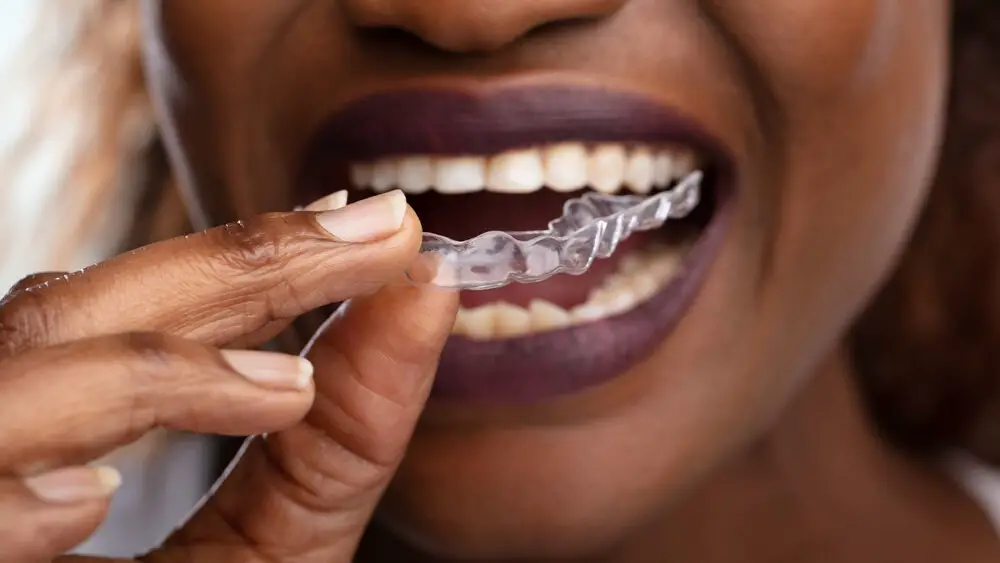
Prevention is always better than cure, and this is especially true when it comes to black triangles in teeth. To prevent black triangles from forming in the first place, it’s important to maintain good oral hygiene. Brushing twice daily, flossing regularly, and using mouthwash can help remove plaque and bacteria that can lead to gum recession. Additionally, avoiding habits like smoking and excessive alcohol consumption can help keep your gums healthy. Another important step in preventing black triangles is to prioritize regular dental check-ups. Your dentist can identify early signs of gum recession and provide guidance on the best way to prevent further damage. Additionally, your dentist may recommend treatments like dental bonding or veneers to address any gaps that may be forming. By taking proactive steps to prevent black triangles, you can avoid the discomfort and embarrassment that can come with this condition.
Regular dental checkups are essential to maintaining good oral health. These checkups allow your dentist to identify any potential issues with your teeth and gums before they become major problems. During a dental checkup, your dentist will thoroughly clean your teeth, removing any plaque or tartar buildup that can lead to tooth decay or gum disease. They will also examine your teeth and gums for any signs of damage or disease, such as black triangles. By scheduling regular dental checkups, you can keep your teeth and gums healthy and prevent the need for more extensive dental treatments in the future. So, if you want to say goodbye to black triangles in your teeth, make sure to prioritize regular dental checkups.
Proper dental hygiene is paramount for maintaining healthy teeth and gums, and preventing black triangles from forming. Brushing your teeth twice a day with a fluoride toothpaste and flossing daily can remove plaque and food particles that can cause cavities and gum disease. Using an antiseptic mouthwash can also help kill bacteria and freshen your breath. Along with regular dental checkups and cleanings, a balanced diet that limits sugary and acidic foods can help keep your teeth strong and healthy. Taking care of your teeth and gums not only helps prevent black triangles, but it also promotes overall oral health and can contribute to a confident and beautiful smile.
Quitting smoking is a crucial step towards fixing black triangles in teeth. Smoking not only causes discoloration and staining of teeth, but it also leads to gum disease, which can cause the gums to recede and create black triangles. Nicotine and tar present in cigarettes can also cause bad breath, dry mouth, and increase the risk of tooth decay. Quitting smoking can prevent further damage to teeth and gums and improve overall oral health. It can also reduce the risk of developing other health problems such as cancer, heart disease, and respiratory illnesses. Although quitting smoking can be challenging, seeking support from healthcare professionals and loved ones can make the journey easier.
Maintaining a healthy diet not only benefits your overall health but also plays a significant role in preventing black triangles in teeth. Consuming a balanced diet that includes a variety of fruits, vegetables, lean proteins, and whole grains can help improve oral health by providing the necessary nutrients to strengthen the teeth and gums. Avoiding sugary and acidic foods and drinks can also help prevent tooth decay and gum disease, which are major contributors to the development of black triangles in teeth. Additionally, drinking plenty of water helps to flush out harmful bacteria in the mouth and keep the mouth hydrated, promoting a healthy oral environment. A healthy diet combined with good oral hygiene practices can help keep your smile looking its best and prevent the onset of black triangles in teeth.
If you’re looking to say goodbye to black triangles in your teeth, one of the most effective ways to achieve this is by using interdental brushes or floss. These tools are designed to remove plaque and food particles from the tight spaces between your teeth where your toothbrush can’t reach. Interdental brushes are small, cone-shaped brushes that come in different sizes to fit between your teeth. Floss, on the other hand, is a thin string that you slide between your teeth to remove debris. Using these tools regularly can help prevent gum disease, bad breath, and tooth decay. So, if you want to maintain a healthy and beautiful smile, make sure to incorporate interdental brushes or floss into your daily oral hygiene routine.
Cost and Maintenance

One of the most common concerns among patients looking to fix black triangles in their teeth is the cost and maintenance of the treatment. While the exact price of the procedure will depend on the individual case, it’s important to keep in mind that this is an investment in your oral health and confidence. Black triangles can lead to gum disease and tooth decay, which can end up costing more in the long run if left untreated. Additionally, many cosmetic dentists offer financing options to help make the treatment more affordable. As for maintenance, the good news is that fixing black triangles typically involves non-invasive procedures that require minimal upkeep. Depending on the treatment method chosen, patients may need to wear a retainer or use a special toothbrush to maintain their results. However, these are small steps that can easily be incorporated into a daily oral hygiene routine. Overall, the benefits of fixing black triangles far outweigh any concerns about cost or maintenance, as it can greatly improve the appearance and health of your smile.
When it comes to fixing black triangles in teeth, there are various treatment options available, and the cost of these options may vary depending on the severity of the condition. One of the most affordable and non-invasive treatments is dental bonding, which involves applying a tooth-colored resin to the affected area. This option can cost between $300 to $600 per tooth, with the price depending on the extent of the damage. Another option is dental veneers, which are thin shells placed over the front surface of the teeth. This treatment can cost between $800 to $2,500 per tooth, depending on the type of veneer used and the number of teeth being treated. For more severe cases, orthodontic treatments such as braces or clear aligners may be necessary. The cost of orthodontic treatments can range from $3,000 to $8,000 depending on the complexity of the case and the length of treatment required. Ultimately, the cost of fixing black triangles will depend on the specific treatment recommended by a dental professional and the extent of the damage.
Maintaining good oral hygiene is essential to prevent the formation of black triangles in teeth. For those who opt for dental bonding, it is crucial to keep their teeth clean by brushing twice a day, flossing daily, and using an antiseptic mouthwash regularly. They should also avoid eating hard and sticky foods that can damage the bonding material. For those who choose veneers, regular dental visits are crucial to ensure that the veneers are in good condition. It is also essential to avoid biting on hard objects and to use a mouthguard while playing contact sports. For those who go for orthodontic treatment, it is crucial to follow the orthodontist’s instructions regarding cleaning and maintenance of braces. They should also avoid eating sticky and hard foods that can damage the braces, and brush and floss regularly to prevent tooth decay and gum disease.
Insurance coverage for black triangle treatment varies depending on the plan you have. Some dental plans cover cosmetic procedures like veneers, but not all plans will cover gum contouring or bonding. It’s important to review your plan and speak with your insurance provider to determine what is covered and what isn’t. If the procedure is not covered, you may want to consider dental financing options. Many dental offices offer financing plans that allow you to make affordable monthly payments. Investing in black triangle treatment can have a significant impact on your overall oral health and confidence.
Black triangles in teeth refer to the dark spaces that are visible between two adjacent teeth, particularly at the gum line. These triangles can occur due to a variety of reasons such as gum recession, bone loss, poor dental hygiene, and aging. When the gum tissue recedes, it exposes the root surface of the tooth, resulting in spaces between the teeth. Bone loss, on the other hand, can occur due to periodontitis, a serious gum infection that damages the bone and connective tissue that support the teeth. Poor dental hygiene can lead to the buildup of plaque and tartar, which can cause gum inflammation and recession. Aging is also a significant factor as the gums tend to recede naturally over time, creating gaps between teeth. To fix black triangles in teeth, it’s necessary to address the underlying cause through treatments such as gum grafting, orthodontic treatment, or porcelain veneers.
When it comes to treating black triangles in teeth, there are a variety of options available. One of the most common treatments is dental bonding, which involves filling in the gaps with a tooth-colored composite resin. Another option is porcelain veneers, which are thin shells that are custom-made to cover the front of the teeth and can be used to fill in the gaps. In some cases, orthodontic treatment such as braces or clear aligners may be necessary to correct the spacing between teeth. Prevention tips include maintaining good oral hygiene, avoiding tobacco use, and regular dental check-ups to catch any potential problems early on. By taking preventative measures and exploring treatment options, individuals can say goodbye to black triangles and enjoy a more confident smile.
Seeking professional advice is crucial when it comes to fixing black triangles in teeth. These gaps between teeth, caused by gum recession, can not only be unsightly but can also lead to further dental problems if left untreated. A dental expert can assess the severity of the issue and recommend the most appropriate treatment plan, which may include bonding, veneers, or gum grafting. Attempting to fix black triangles on your own with DIY remedies or over-the-counter products can be ineffective and potentially harmful. Therefore, seeking professional help is essential to achieving a healthy and aesthetically pleasing smile.
In conclusion, black triangles in teeth can be a frustrating issue to deal with, but there are solutions available. Whether it’s through orthodontic treatment, dental bonding, or porcelain veneers, taking action to fix these gaps can greatly improve both the appearance and health of your teeth. Don’t let embarrassment or discomfort hold you back from seeking treatment. Your smile is an important part of your identity and confidence, so take the steps necessary to achieve the smile you deserve. Consult with a dental professional to explore the options available to you and take the first step towards a brighter, healthier smile.
Conclusion
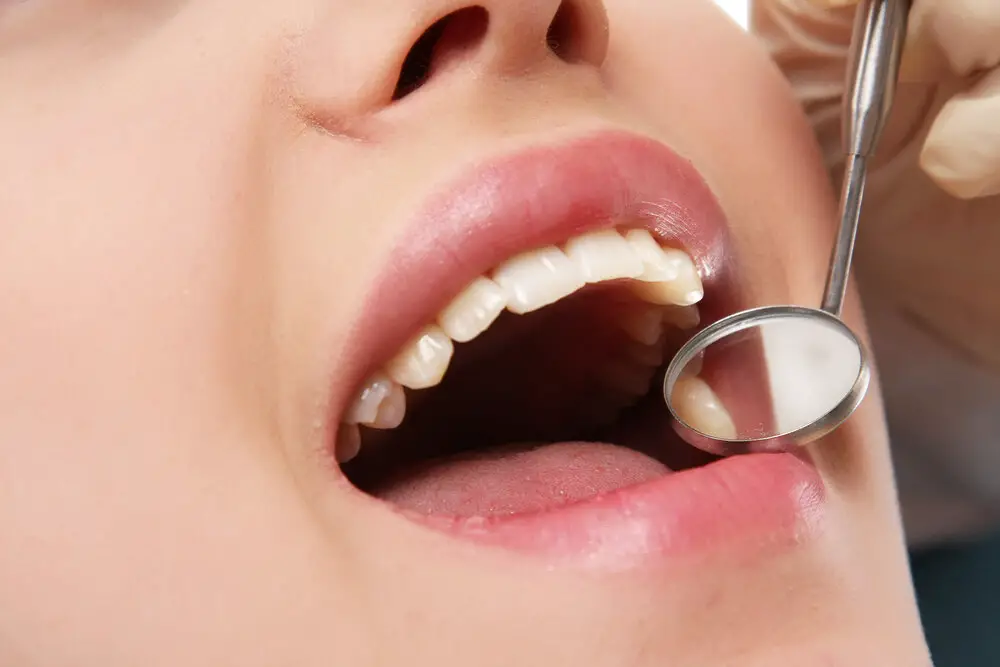
In conclusion, black triangles in teeth are a common dental issue that can cause discomfort and embarrassment. However, there are multiple ways to fix them, ranging from simple changes in oral hygiene to more complex dental procedures. It is essential to consult with a dental professional to determine the best course of action for each individual case. By taking the necessary steps to address black triangles, individuals can improve their oral health and confidence, and say goodbye to this dental concern for good.

